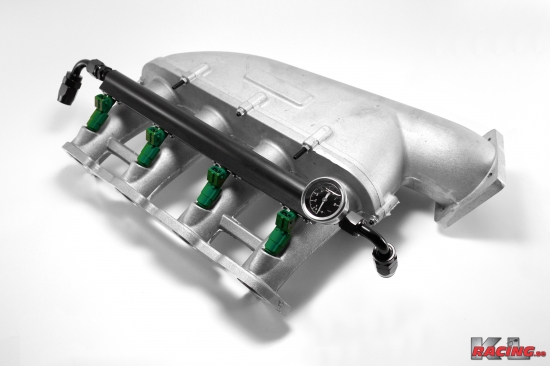fatcatbestcat
Professional Hack
- Joined
- Oct 1, 2019
- Location
- Mississauga, ON (Canada)
You are wrong, usually they get more torque with longer intake manifolds in f-group rallycars, and this is not hurting the top end power.
I mean, I'm not an engineer or a dyno expert, but I would tend to agree. Having worked on and owned a couple V8 cars in the past, I can vouch for the whole longer runner = more power idea. I'd like to assume something to do with velocity, but again, not an expert. There's probably a reason tunnel rams and crossrams are so popular, right?

 . Sequential injection and ignition systems now have a home on turbo bricks as a result of this question. What a save someone unknowingly orchestrated for sequential fuel management and cdi ignition systems...
. Sequential injection and ignition systems now have a home on turbo bricks as a result of this question. What a save someone unknowingly orchestrated for sequential fuel management and cdi ignition systems... Outside it an elliptical bell mouth profile typically wins.
Outside it an elliptical bell mouth profile typically wins.




 If you have other forums please share a link. If not here then privately Jussi. I definitely plan to spend a little change with your friends at SK
If you have other forums please share a link. If not here then privately Jussi. I definitely plan to spend a little change with your friends at SK